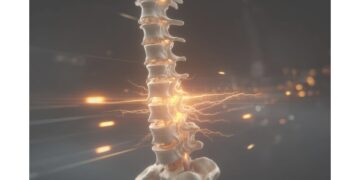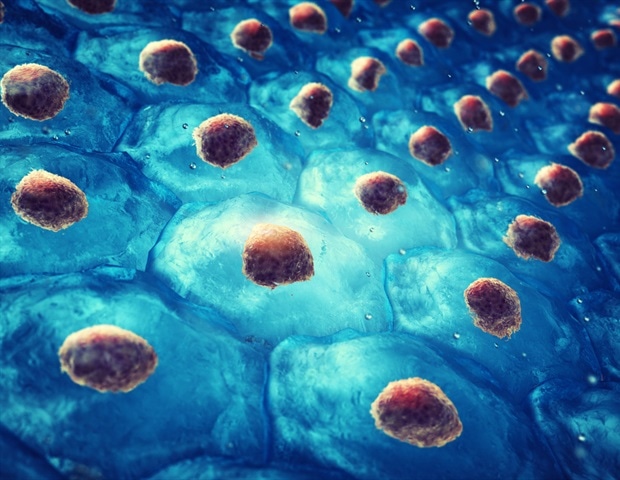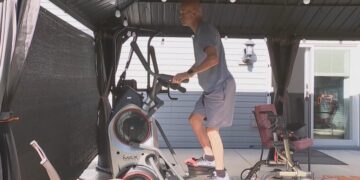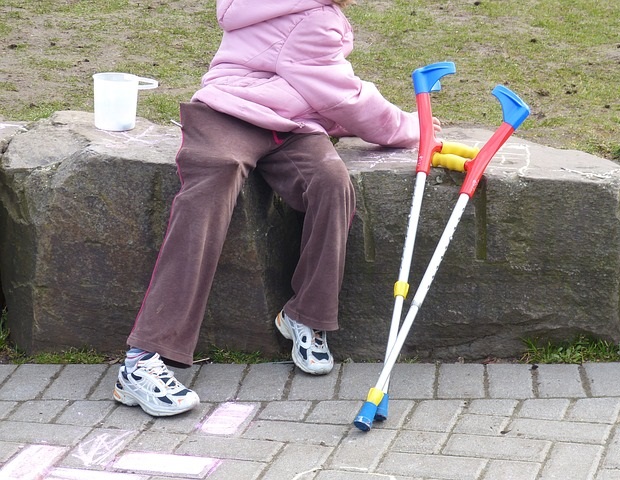Spinal cord injuries (SCIS) have been considered irreversible for a long time, leaving millions worldwide with permanent disabilities. However, recent scientific advances are challenging this notion, offering innovative therapies that could restore function and improve the quality of life. From the regeneration of stem cells to bioingenated scaffolding, the future of spinal cord repair is brighter than ever.
The challenge of spinal cord injury
The spinal cord is a delicate package of nerves responsible for transmitting signals between the brain and the body. When they are damaged, either by trauma, disease or stroke, forms of stars tissue, blocking nerve regeneration. Traditional treatments focus on rehabilitation and management of symptoms, but true functional recovery has remained difficult to achieve, until now.
Emerging innovative therapies
1. stem cell therapy: reconstruction of neuronal pathways
Stem cells have the unique ability to develop in different types of cells, which makes them a promising tool for spinal cord repair. Researchers are using:
- Embryonic stem cells (ESC) – It can be differentiated in neurons and support cells.
- Induced pluripotent stem cells (IPSC) – Reprogrammed adult cells that imitate the ESC.
- Mesenchymal stem cells (MSC) – Reduce inflammation and promote healing.
Clinical trials have shown that stem cell transplants can improve motor function in patients with LME, and some recover sensation and partial movement.
2. Electrical stimulation: re -wiring the nervous system
Electrical stimulation techniques, such as Epidural stimulationomit the damaged areas by sending electric pulses to the spinal cord. Pioneer studies have allowed paralyzed people to stop, walk short distances and even recover control of the bladder when combined with intensive rehabilitation.
3. Biomaterials and scaffolding: Guide nerve growth
Bioingenier scaffolding provide a support structure for nerve regeneration. These implants, often acts of biocompatible polymers, help unite injury gaps and prevent the formation of scar tissues. Some scaffolds are infused with growth factors to accelerate healing.
4. Gene therapy: reprogramming cells for repair
Gene editing tools such as CRISPR and viral vectors deliver therapeutic genes to promote nervous regeneration. Scientists are exploring forms of:
- Inhibit scars -forming proteins.
- Improve axon growth.
- Reduce inflammation.
The first studies in animals show a significant functional recovery, racing the way for human rehearsals.
5. Neuroprothetics and cerebral computers interfaces (BCIS)
Due to serious injuries, neurotecnology offers hope. BCIS decodes brain signals to control robotic limbs or exoskeletons, restoring mobility. Meanwhile, advanced prostheses with sensory feedback are becoming more intuitive and realistic.
The way ahead
While these therapies are still in development, their potential is undeniable. The challenges remain, ensure security, scalability and affordability, but the collaboration between neuroscientists, engineers and doctors is accelerating progress.
For millions that live with paralysis, these innovations represent more than scientific milestones: they are beacons of hope. As the investigation continues, the dream of completely repairing the injuries of the spinal cord is close to reality.
Conclusion
The era of the irreversible damage of the spinal cord can soon be behind us. With stem cells, electrical stimulation, biomaterials, gene therapy and neurotecnology that leads the load, the future of spinal cord repair is not only promising, it is a transformative.
Stay informed, support research and create in the future where paralysis is no longer permanent. Hope is within reach.
Would you like a deeper immersion in any specific therapy or results of recent clinical trials? Let me know how I can refine this even more!













